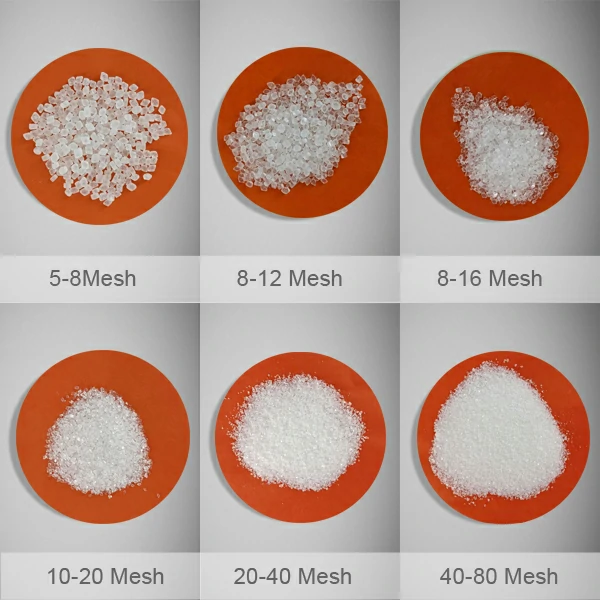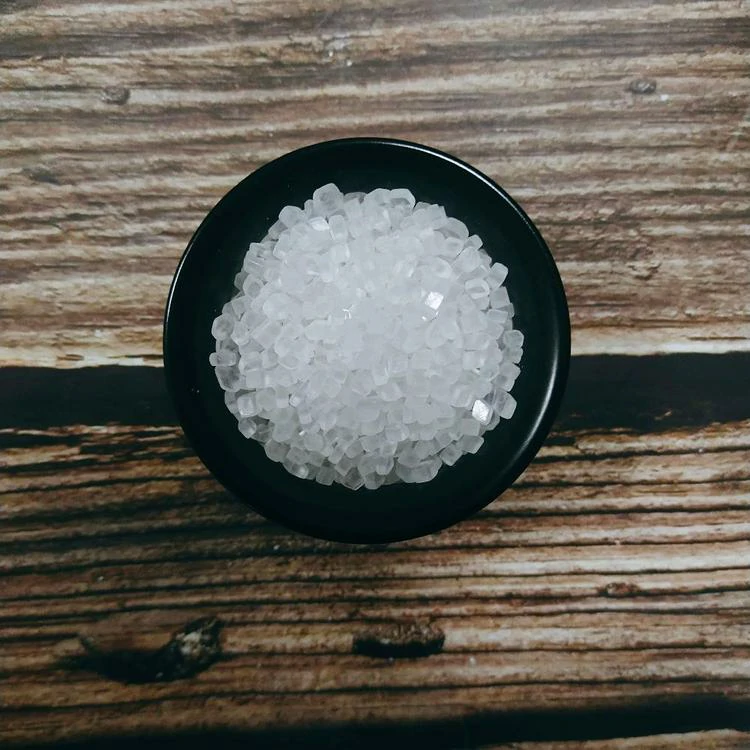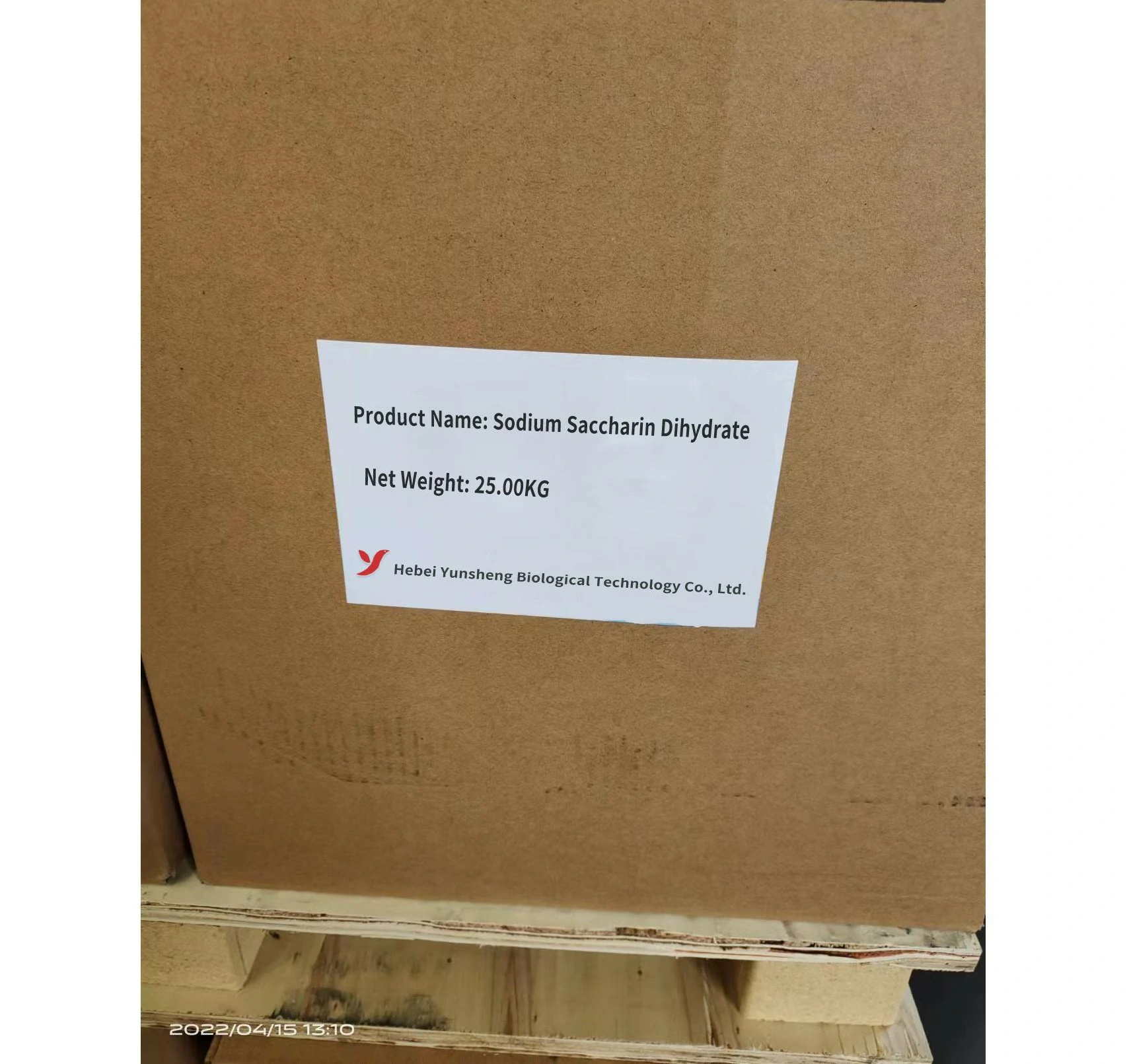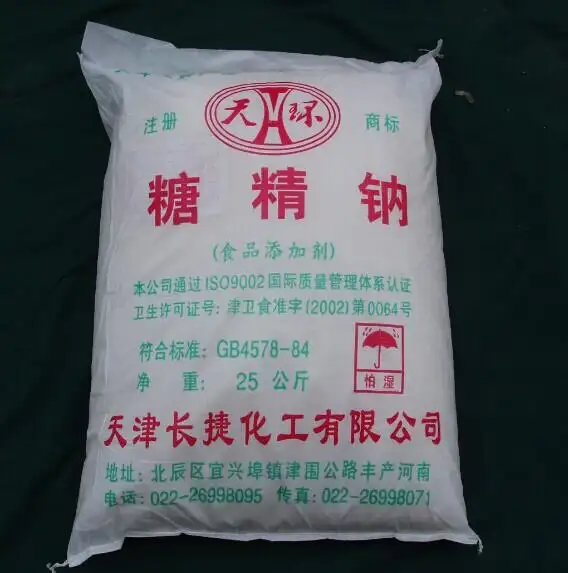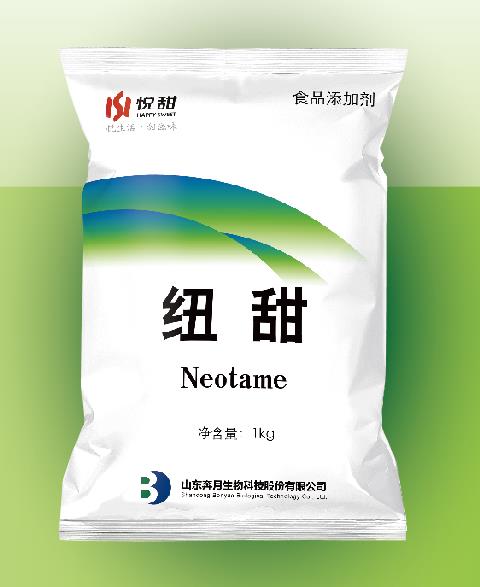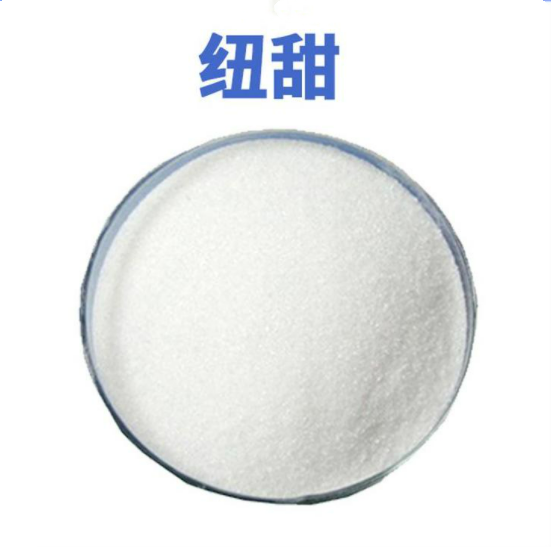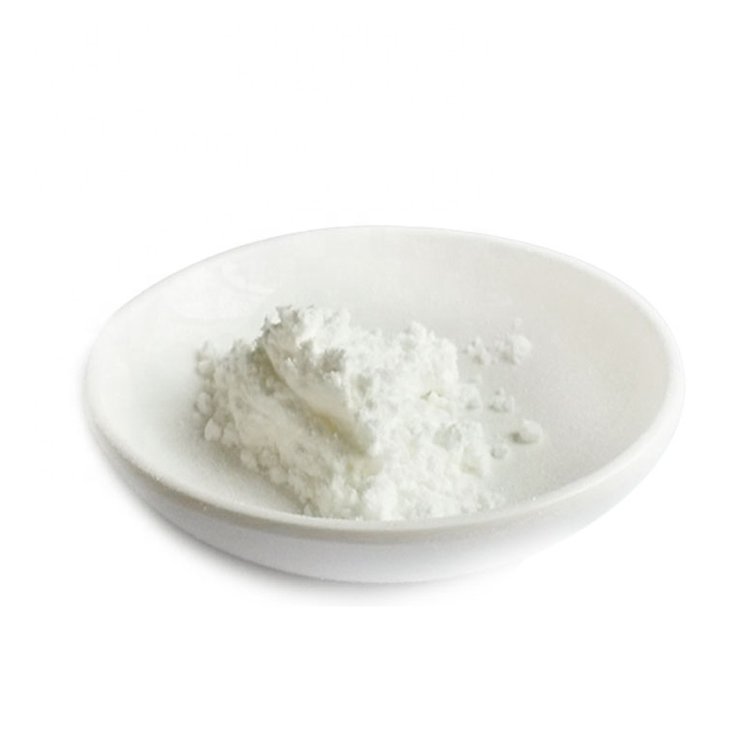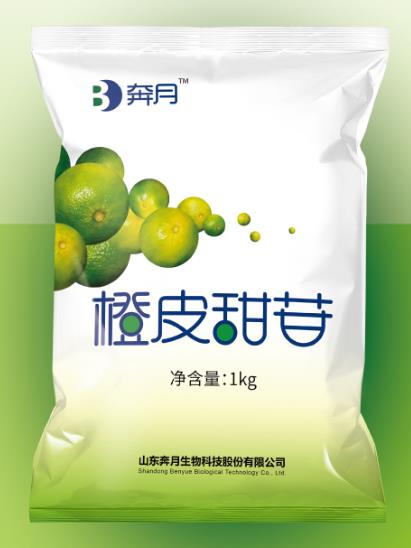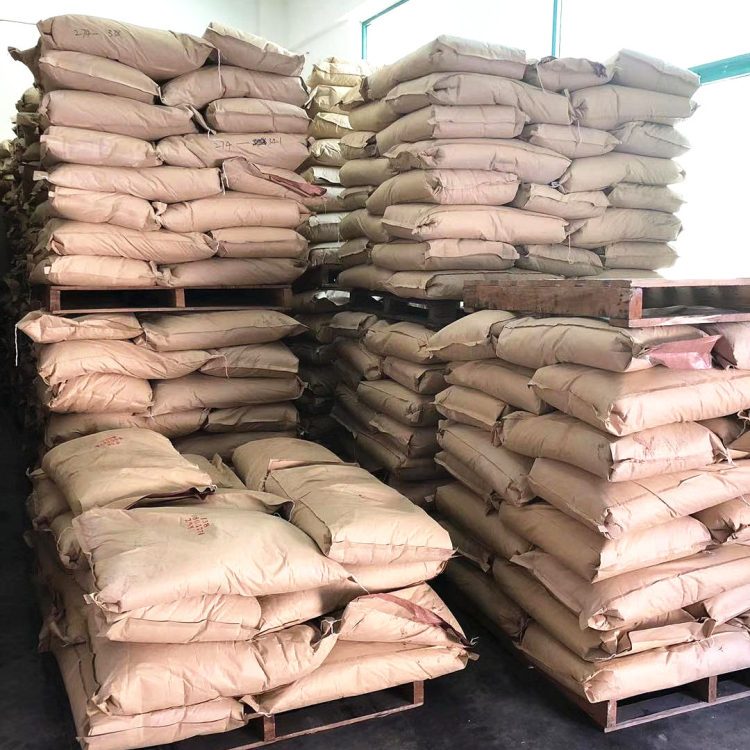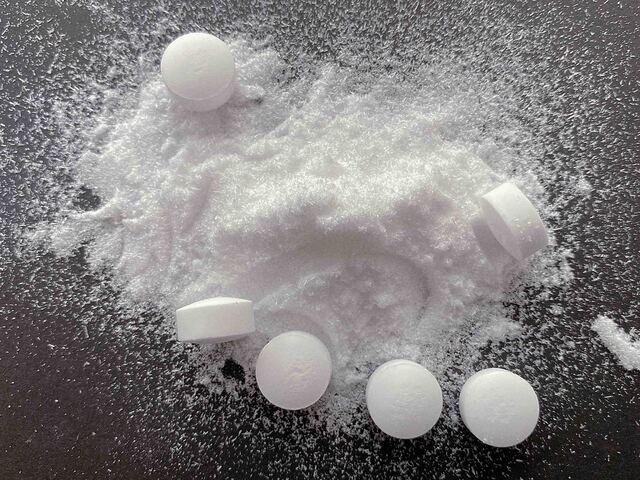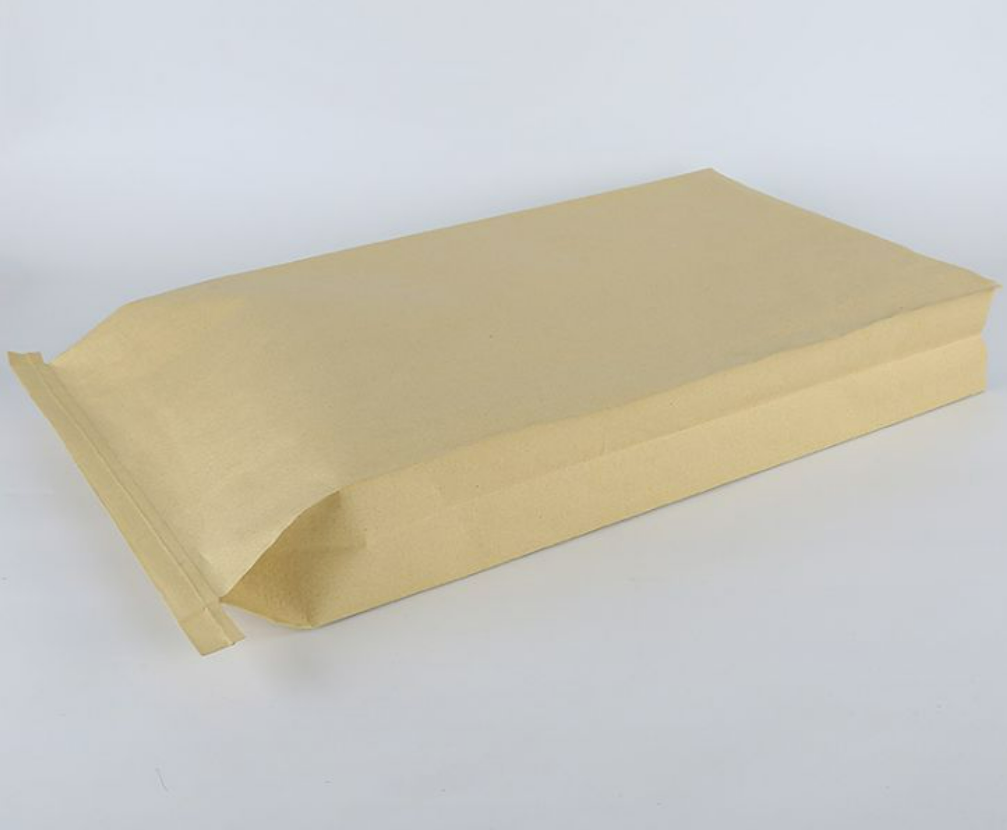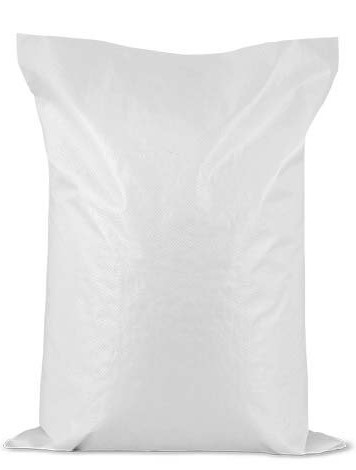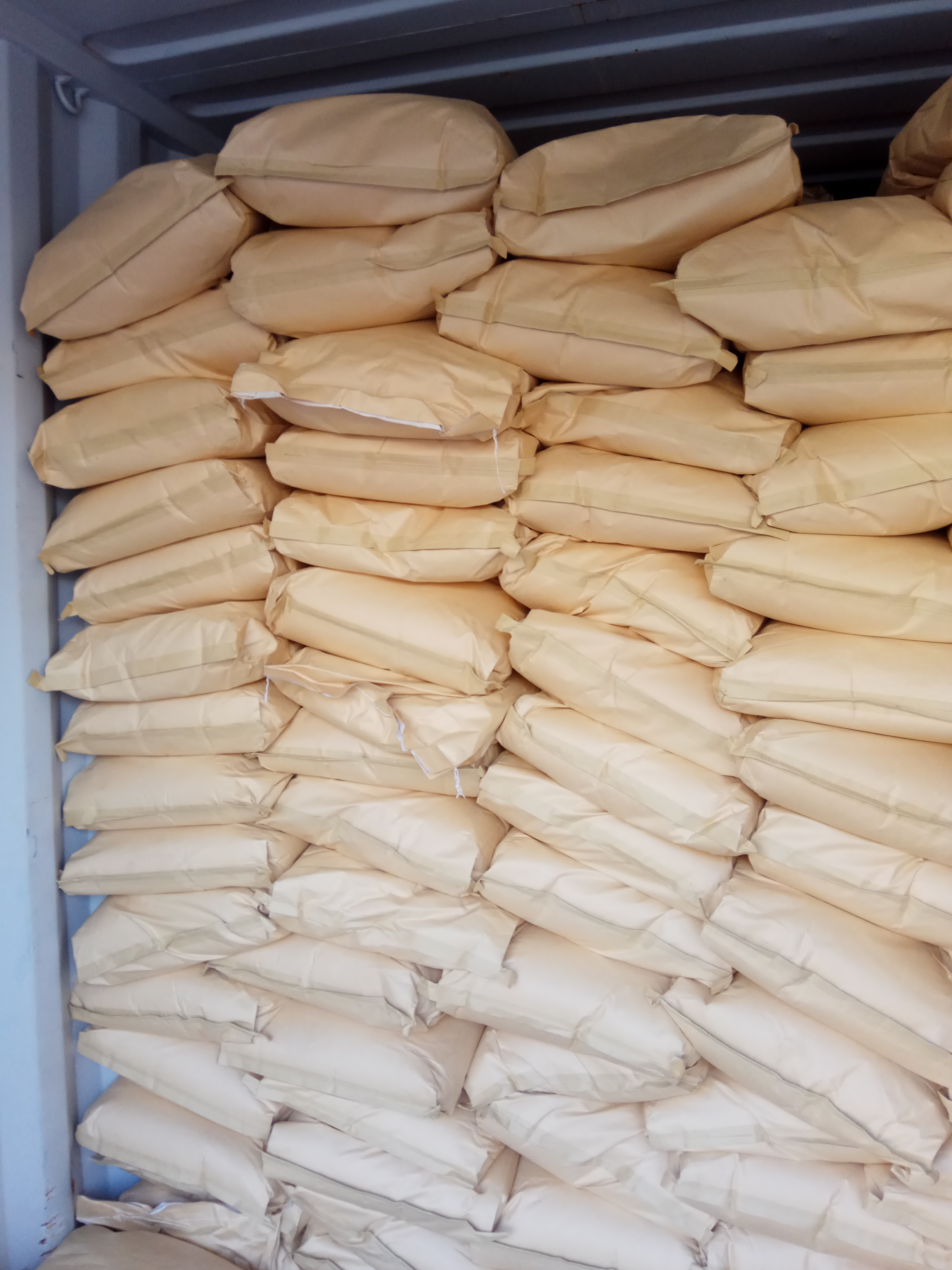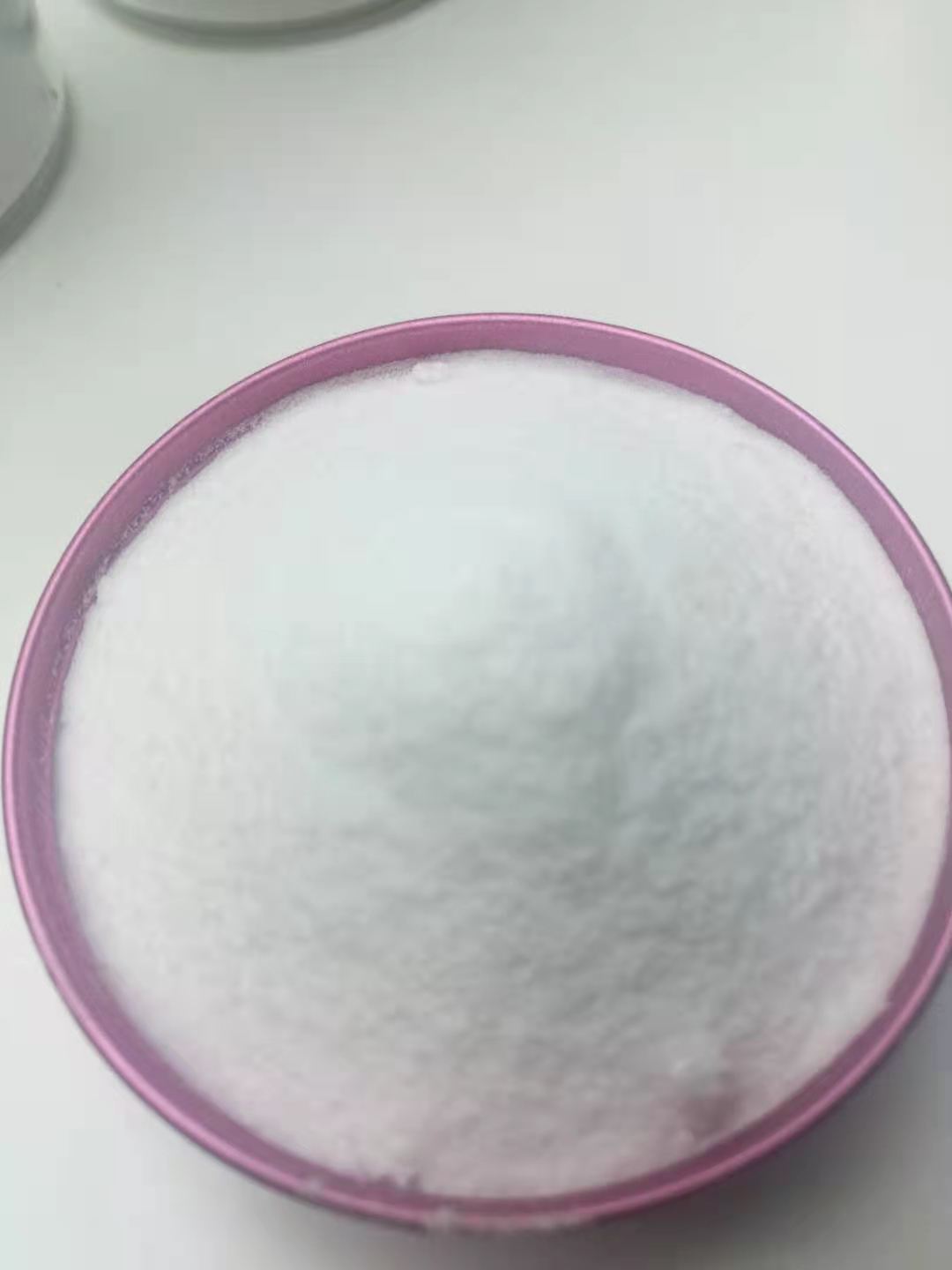Feed Additive
Additives For Food Packaging
Colorant
Stabilizer and Coagulator
Water Retention Agent
Feed Deworming Health Agents
Anti Corrosion and Preservation
Color Fixative
Flour Treatment Agent
Defoamer
Coating Agent
Feed Vitamins
Emulsifier
Other Food Additives
Nutritional Fortifier
Thickening Agent
Feed Quality Enhancer
Antioxidants
Chewing Gum Bases
Bulking Agent
Feed Amino Acids and Small Peptides
Flavor Enhancer
Sweeteners
Additives For Feed Preservation
Other Feed Additives
Food Additive
Bleaching Agents
Anticaking Agent
Food Flavors and Fragrances
Enzyme Preparation
Feed Trace Elements
Acidity Regulators
Feed Growth Promoters
Feed Conditioner
CAS:6155-57-3
Molecular Formula:C7H9NNaO5S
Alias
More Information
Sodium Saccharin; Saccharin Sodium Salt; Sodium Phthalimide; Saccharin Sodium; O-Benzoic Sulfimide Sodium Salt Dihydrate; 1,2-Benzisothiazol-3(2H)-One, 1,1-Dioxide, Sodium Salt, Dihydrate; Saccharin Sodium Salt Hydrate; Saccharin Sodium Salt Dihydrate; O-Sulfobenzimide Sodium Salt; Sodium,1,1-Dioxo-1,2-Benzothiazol-2-id-3-one,Dihydrate; Soluble Saccharin; Sodium Sachrin
Brief Introduction
Saccharin sodium is a food additive and has no nutritional value to human body. When eating more, it will affect the normal secretion of gastrointestinal digestive enzymes, reduce the absorption capacity of the small intestine and reduce appetite.
Suppliers
View More Vendors (4) >
CAS:165450-17-9
Molecular Formula:C20H30N2O5
Alias
More Information
N-(3,3-Dimethylbutyl)-L-Aspartyl-L-Phenylalanine Methyl Ester; N-(N-(3,3-Dimethylbutyl)-L-Alpha-Aspartyl)-L-Phenylalanine 1-Methyl Ester; L-Phenylalanine, N-[N-(3,3-Dimethylbutyl)-L-.Alpha.-Aspartyl]-, 1-Methyl Ester; N-[N-(3,3-Dimethylbutyl)-L--Aspartyl]-L-Phenylalanine 1-Methyl Ester
Brief Introduction
This product can be used as food additive, sweetener and stabilizer.
Suppliers
View More Vendors (4) >
CAS:20702-77-6
Molecular Formula:C28H36O15
Alias
More Information
Nhdc; Neohesperidin Dhc; Neohesperidine Dihydrochalcone; Neohesperidin Dihydrochalcone; Neohesperidine; Neosperidin Dihydrochalcone; Neohesperidin Dihydrochalone; 1-(4-((2-O-(6-Deoxy-Alpha-L-Mannopyranosyl)-Beta-D-Glucopyranosyl)Oxy)-2,6-Dihydroxyphenyl)-3-(3-Hydroxy-4-Methoxyphenyl)Propan-1-One; 1-[4-[(2S,3R,4S,5S,6R)-4,5-Dihydroxy-6-(Hydroxymethyl)-3-[(2S,3R,4R,5R,6S)-3,4,5-Trihydroxy-6-Methyloxan-2-Yl]Oxyoxan-2-Yl]Oxy-2,6-Dihydroxyphenyl]-3-(3-Hydroxy-4-Methoxyphenyl)Propan-1-One; 1-Propanone, 1-[4-[[2-O-(6-Deoxy-Alpha-L-Mannopyranosyl)-Beta-D-Glucopyranosyl]Oxy]-2,6-Dihydroxyphenyl]-3-(3-Hydroxy-4-Methoxyphenyl)-
Brief Introduction
Neohesperidin dihydrochalcone is a member of the dihydrochalcones that is 3,2',4',6'-tetrahydroxy-4-methoxydihydrochalcone attached to a neohesperidosyl residue at position 4' via glycosidic linkage. It is found in sweet orange. It has a role as an environmental contaminant, a xenobiotic, a plant metabolite and a sweetening agent. It is a neohesperidoside, a disaccharide derivative and a member of dihydrochalcones.
Suppliers
View More Vendors (3) >
CAS:5328-37-0
Molecular Formula:C5H10O5
Alias
More Information
L-(+)-Arabinose; Aldehydo-L-Arabinose; Dl-Arabinose; (2R,3S,4S)-2,3,4,5-Tetrahydroxypentanal; L (+) - gum Aldose; Pectose
Brief Introduction
L-arabinose is a naturally occurring isomer and a component of plant polysaccharides. Most bacteria contain inducible arabinose operons that encode a series of enzymes and transporters that allow L-arabinose to be used as the sole carbon source in microbial cultures.
Suppliers
View More Vendors (3) >
Alias
More Information
(3R,4R,5R)-1,3,4,5,6-Pentahydroxyhexan-2-one; DL-Psicose; D-Allulose; Alodonose; Allulose; D-Pseudofructose; D-Erythro-Hexulose
Brief Introduction
At present, alodonose is widely used in various new products. Sweets, dairy products and beverages are the most common applications. With the popularity of ketogenic diet in Europe and America, many enterprises will use alodonose to improve the product formula and launch new ketogenic versions. The following are some alodonose application products launched in the American market in 2021.
Suppliers
View More Vendors (3) >
Inquiry (
10
/ 10
)
Clear All
Sign In
Error!

